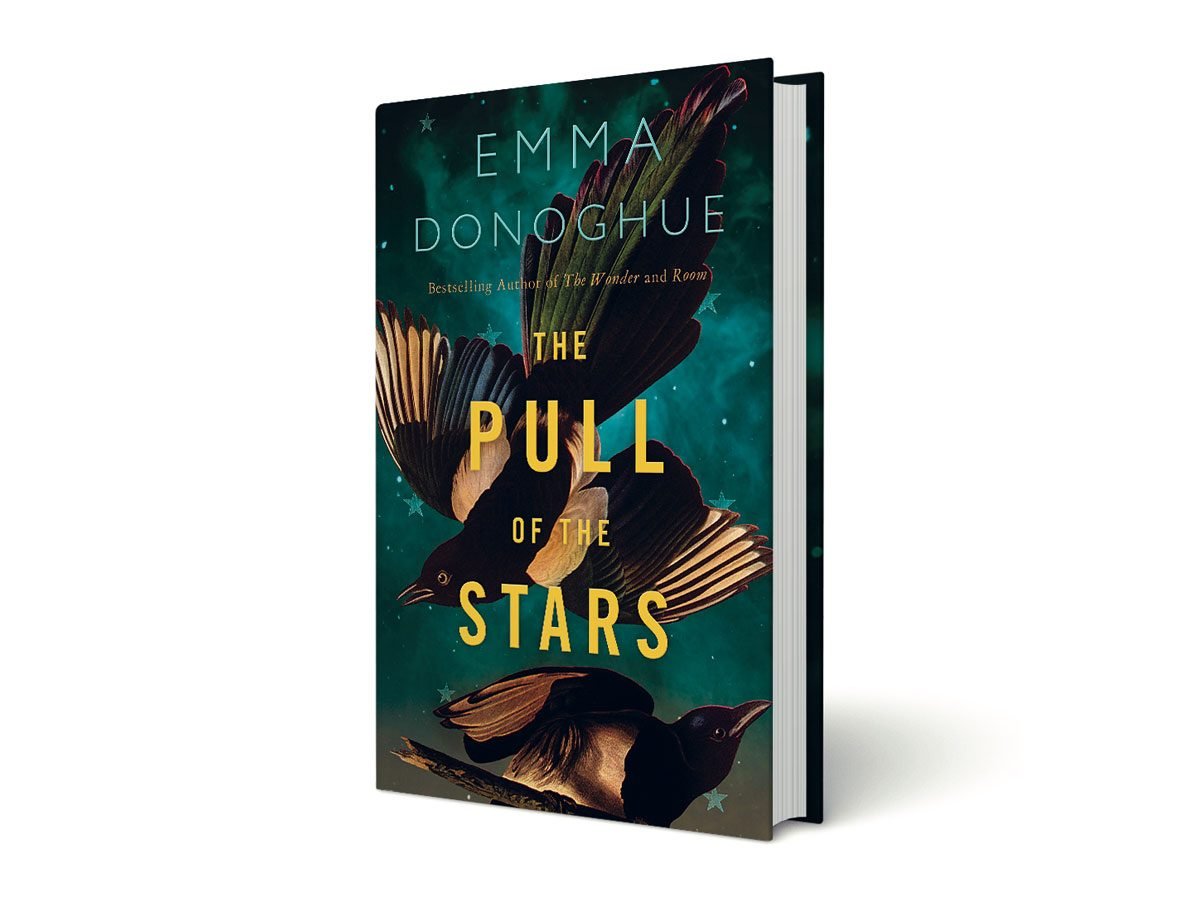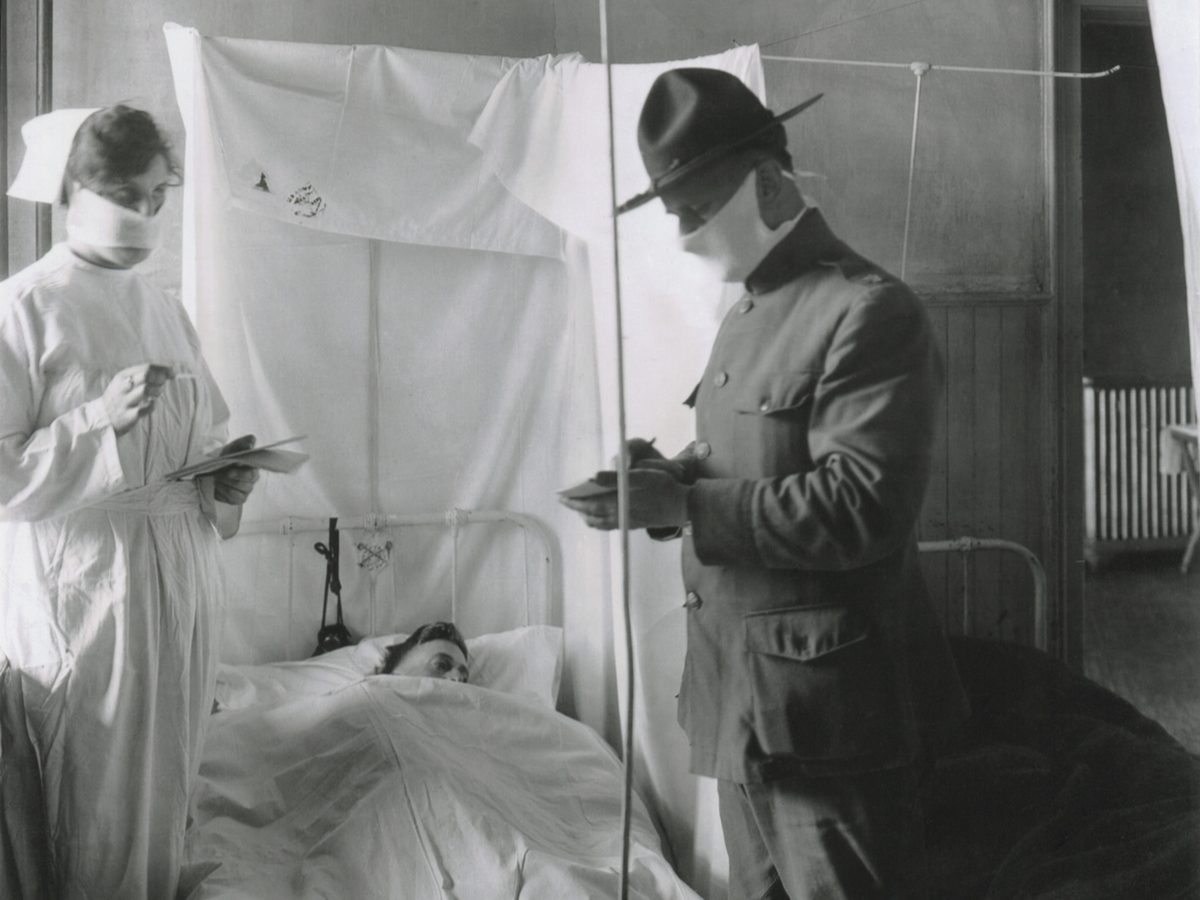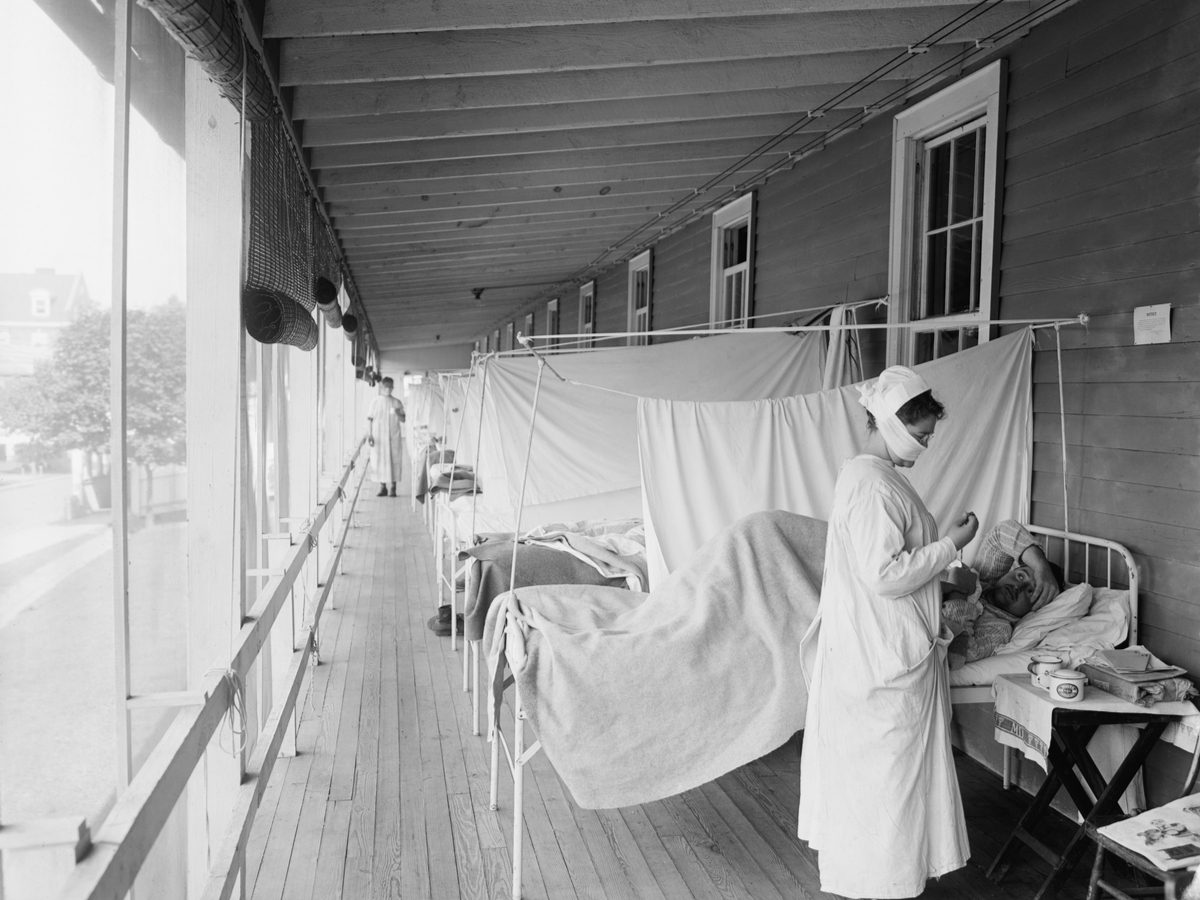
What it’s about
See if this sounds familiar: a violent pandemic has engulfed the world, infecting millions, hospitalizing thousands, stretching health care systems to their limits and forcing essential workers into life-saving triage. Except in Emma Donoghue’s new novel, the year is 1918, not 2020, and the plague is the deadly, indiscriminate Spanish influenza, not COVID-19. The book unfolds over three harrowing days in the life of level-headed Dublin nurse Julia Power as she works furiously alongside a tough Dickensian orphan and a steely female doctor. The trio cares for patients stricken with the unfortunate double whammy of influenza and pregnancy. The result is a compelling minute-by-minute account of Julia’s apocalyptic experience working on the front lines.

Why you’ll love it
Back in October 2018, Donoghue began to think about the centenary of the Great Flu, which prompted her to start writing The Pull of the Stars. Donoghue only finished her manuscript two days before the World Health Organization declared COVID-19 a pandemic. Her publisher wisely decided to fast-track the book’s release (it was originally scheduled to hit shelves in spring 2021). Like Room, Donoghue’s 2010 bestselling novel (later an Oscar-winning movie) about a woman and her son held captive in a backyard shed, The Pull of the Stars combines hope and horror. It’s also alarmingly relevant to our present predicament. You’ll be surprised by the similarities between the 1918 pandemic and our own—and reassured by how the world survived that upheaval. And like the best of Donoghue’s books, it’s thrillingly grisly: the author luxuriates in the gruesome bodily terrors of the plague, describing a placenta as a “dark-maroon side of meat.” Sensitive stomachs beware.

Who wrote it
Donoghue was born in Dublin in 1969 and now lives with her family in London, Ont. Few writers boomerang between genres and time periods as nimbly as she has in the 13 novels she has written to date. Her books, which have been translated into more than 40 languages, take place in settings such as Victorian London, the French Riviera during the Second World War, turn-of-the-century San Francisco, contemporary small-town Ontario and, in Room, present-day suburbia.

Fast facts about the 1918 pandemic
- From the spring of 1918 to the summer of 1919, the flu pandemic infected about 500 million people—around one-third of the world’s population at the time. Approximately 50 million people died.
- While it’s commonly referred to as the Spanish flu, the title is a misnomer. The first case is thought to have been in the United States. But media in many countries censored their coverage to keep morale high during the First World War. Spain, which remained neutral during the war, reported freely on the flu, giving the impression the country was dealing with a worse outbreak.
- The flu caused average life expectancy in the U.S. to fall by 12 years.
- Walt Disney, Franz Kafka and Georgia O’Keeffe are some of the most famous people to have contracted and survived the flu.
Join the conversation! Visit facebook.com/readersdigestcanada to share your experience of reading The Pull of the Stars with fellow Reader’s Digest Book Clubbers. Comment on plot twists, discuss what we’ve learned (and haven’t) since the last global pandemic, and post photos of your own moments of levity during quarantine.